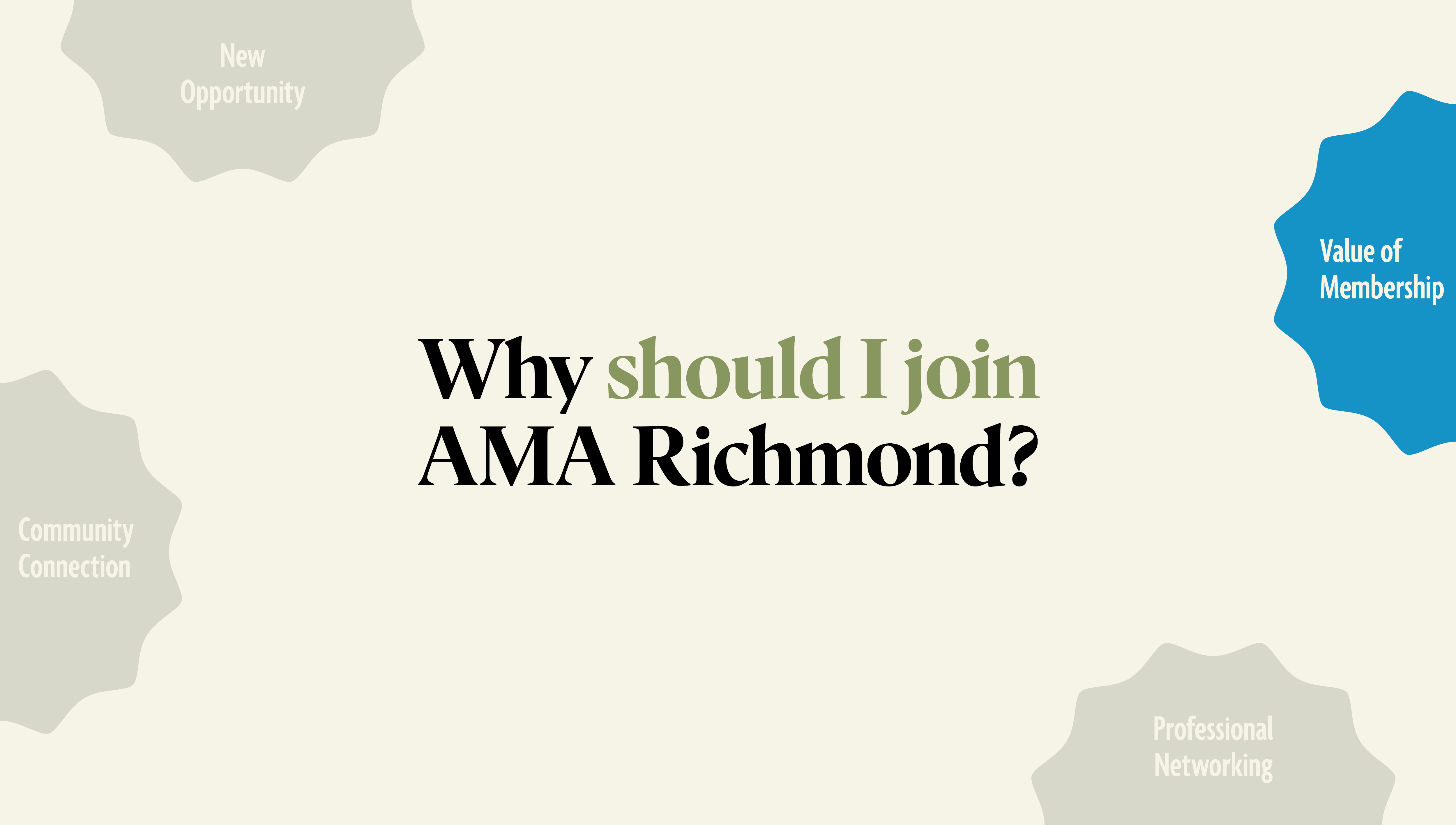Turn back the clock a few years; choices were pretty lean for content management systems or CMS that would help the marketing team develop great creative websites they could manage themselves without needing a developer for simple updates.
Today, WordPress with over 60% of the CMS market stands out as the primary choice for many companies. It’s an open source platform giving developers a lot of flexibility to build great sites. There are also hundreds of great plugins to add more functionality into the site.

Source: W3 Techs – Web Technology Surveys
For the past three years we’ve used HubSpot for our marketing automation. However, our agency’s website was on WordPress and we were very happy with the CMS. But times and technology changes and we recently moved off of WordPress and built a new website on HubSpot’s content management system also sometimes called a content optimization system.
Don’t get me wrong, there are still a number of great features on WordPress that depending on your business could make it the right choice. For others it might be time to look beyond WordPress.
Comparing WordPress vs. HubSpot for building creative websites
1. Creative Templates
Not everyone can afford the cost to develop a fully custom website. Sometimes what’s needed is a great creative template that can then inexpensively be updated with images, fonts, colors, etc. for the company’s needs.
With sites like Theme Forest, WordPress has the competition beat with hundreds of inexpensive creative templates available to start building a great site. HubSpot does have a template market place that is growing, but currently has nowhere near the choices you’ll find for a WordPress website. WordPress will also typically have a low initial cost but maybe all of the long-term potential value you can get from a HubSpot CMS site.
Advantage: WordPress
More available templates – lower initial costs
2. Apps & Plugins
Adding functionality into a site with plugins and apps can really help build out the features of a site. WordPress has a wide variety of both free and paid plugins that cover a range of functionality. Meanwhile HubSpot being a closed system has many features already build in so purchasing additional apps isn’t as big an issue.
At first you’d assume that WordPress’ larger market would make this an easy choice. However the open nature of the WordPress plugins means that sometimes they’re not compatible and can bring your site down if they don’t play well together.
Advantage: Tied
Broad availability of plugins for WordPress, more built-in stability for HubSpot
3. Dynamic Personalization
Being able to customize a site based on the behavior of a visitor is a huge advance in personalization. The functionally use to come with a huge price tag through applications like Omniture’s Test and Target M Boxes. However, recently HubSpot introduced “Smart Content” as a standard feature in their COS Site Pages. Nothing like it exists in WordPress.
The Smart Content sections let marketers serve up different messages, content, visuals totally based on who the visitors is and what might be interesting to them. We’ve understood the power of personalization in email and direct mail for years. Now you can do the same thing in your site.
Advantage: HubSpot
Greater personalization capabilities based on visitor interactions
4. Post Development Changes / Edits
Sometimes creativity isn’t all about look and feel. Some of the most creative websites are those that are agile and able to change as markets change and customers look for new things. If you are stuck with a static design template, you may not be able to make the adjustments you need to take advantage of the opportunity.
HubSpot’s site pages templates make it easy for non-developers to make changes to layouts, and content sections without needing to know a ton about coding. It can be an easy drag and drop exercise to make the changes you want in HubSpot
Advantage: HubSpot
Easier post live adjustments and changes to page layout and setup
So while beauty may be in the eye of the beholder, for me having the ability to dynamically personalize the user experience and easily make other site changes can make for the most creative websites – the ones you can control.




